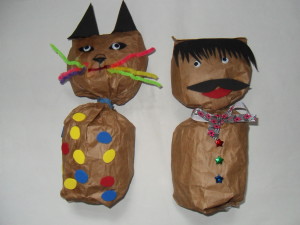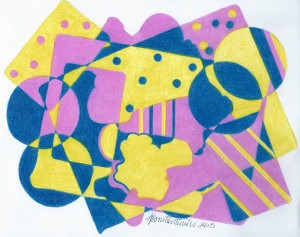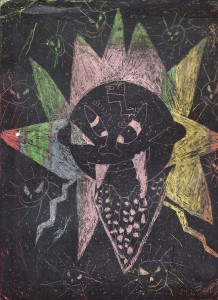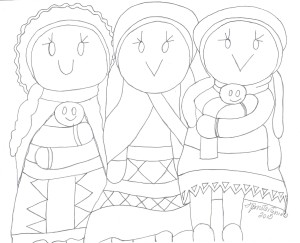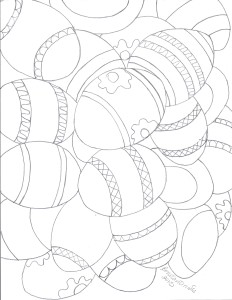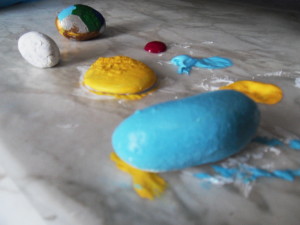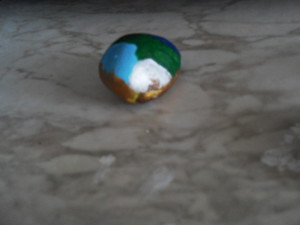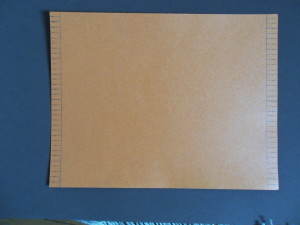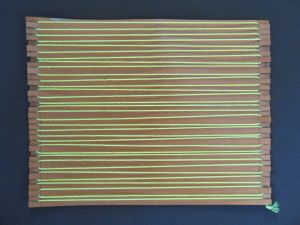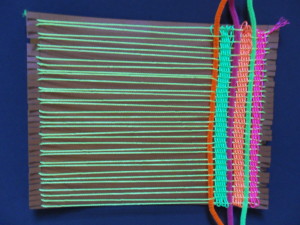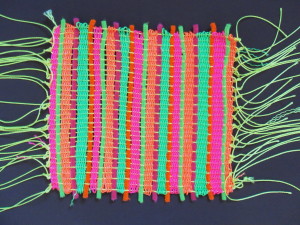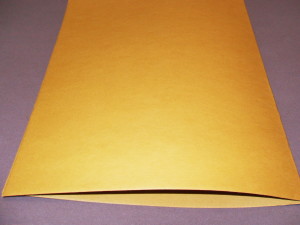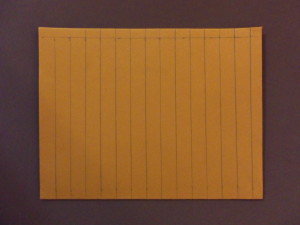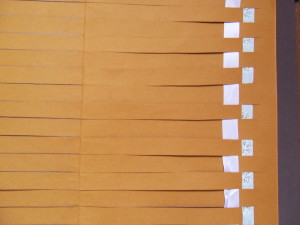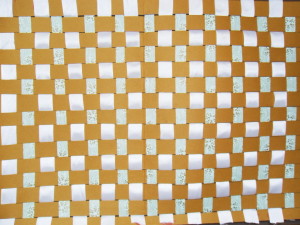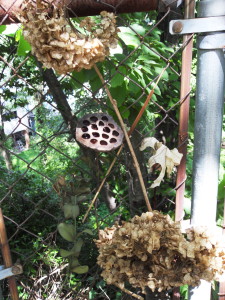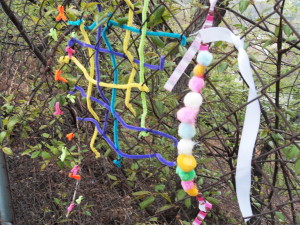Materials:
Lunch size paper bags, brown or white
Newspaper (or similar material)
String
Tape
Scraps of construction paper
Paste or glue
Ribbon and/or yarn
Sequins, buttons, seeds (for eyes, nose mouth)
Crayon and/or markers and/or colored pencils
Clip art
Scissors
Pipe cleaners (for whiskers)
Wiggle eyes
Rubber Band
Ruler
Project:
- Choose the pet or animal you will make.
- Stuff 1/3 of the bag tightly with crumbled or strips of newspaper (or similar material) to form the head (about two or three sheets).
- Gather the bag at the base of the head. Tie it securely with string or yarn.
- Stuff the rest of the bag with more newspaper and tape the bottom of the bag closed.
- Cut eyes, nose, mouth, and paws from construction paper or use sequins, buttons or seeds. Use pipe cleaners for the whiskers.
- Tie a ribbon or piece of yarn around the neck.
- Add buttons or other decorations to dress up you paper bag pet or person.
Alternative Projects:
- Make a paper bag person. Use yarn for hair and wiggle eyes. Follow the directions above.
- Stuff only the top 1/3 of the bag. Insert a long stick (like a ruler) into the head and secure with string, yarn or a rubber band. Use as a puppet and put on a play for your friends! Read the books below for more ideas:
Gauch, Patricia Lee. Poppy’s Puppet
Marsh, Valerie. Puppet Tales

